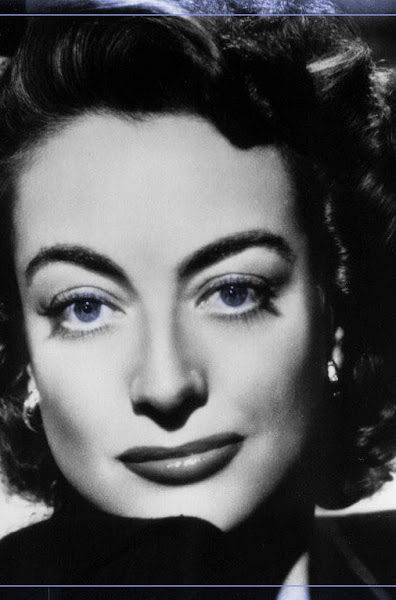 ** ½ out of ****
** ½ out of ****
Animation has long been a realm claimed for children, but “Waltz with Bashir” proves that animation is not just for kids. With a stylized look similar to “A Scanner Darkly,” the Israeli film uses animation for phantasmagorical purposes—to help viewers experience the wild power of memories of the 1982 Lebanon War as they can be remembered (or misremembered). The film’s colors tend toward minimalist hues, but the nauseating yellow color of war is unmistakable. “Waltz with Bashir” may well be the first time an animated film rivals the powerful anti-war sentiments of the greats, such as “Paths of Glory” or “Platoon.” However, while long-lasting images such as the firing squad or Sgt. Grodin being mowed down by friendly fire, respectively, undeniably evoke an emotional response, the images of “Waltz with Bashir” leave me rather empty. Because it is animation and not “real” like the other examples, it simply might lack the emotional resonance capable with narrative film.
However, “Waltz with Bashir” is a complexly psychological film that centers on memories. The film begins with a pack of voracious dogs tearing down a sidewalk amidst terrified civilians. They stop at the edge of a building, eyes wild and teeth bared, while a man stands in a window far away at the top. Suddenly, he is telling the story of this horrifying nightmare to his long-time friend, the film’s director, Ali Folman, because he thinks it stems from subconscious guilt at shooting Palestinian guard dogs in the Lebanon War. After this late-night meeting, Ali has a dream of himself and two others rising naked out of the water off of the coast of Beirut, poetically donning their clothes in the light of flares, and entering the city during the horrible Sabra and Shatila massacre. When he realizes that he has lost nearly all of his own memories of the war from some twenty-five years prior, Ali consults his filmmaking partner and friend, Ori, the film’s source of psychological reason. Ori explains that sometimes people create false memories, so Ali becomes determined to find everyone with whom he remembers fighting in the war in order to put together the missing pieces of his experience and to ultimately determine the meaning of his memory.
Would this film have worked with real footage? It tries to use some at the end for emotional effect, but the animation already tones down the bite of war’s reality, so viewers might already be too numbed to really feel its impact. However, the resounding message of war’s victimization of the soldiers is certainly the most persistent and powerful message. This victimization thus becomes the essential theme of Folman’s film, and the recollection of his memories explores and deals with the mental trauma he sustained because of the Lebanon War. If I empathized with the film at all, it was in this regard because I was incapable of connecting to the rest of his experiences thanks to the “numbing” animation. Perhaps this “numbing” was intended to make the story easier to tell for Folman, but it becomes harder for viewers like me to truly understand and empathize. This, therefore, might be a film for viewers who understand and can sympathize with the horrors of war.
“Waltz with Bashir” is currently playing at the Belcourt Theatre.
NOTE: Re-edited on February 9, 2009. Original version published in the February 4 issue of Versus Magazine: Entertainment & Culture
February 4, 2009
Waltz with Bashir (ואלס עם באשיר)
Subscribe to:
Post Comments (Atom)

.jpg)

.jpg)
.jpg)

No comments:
Post a Comment